Yesterday, I had one of those surreal experiences as a beekeeper that makes this crazy hobby worth it.
From my last post, you know the bees have started to build comb into a new box on top of their brood nest. While I’m thrilled they are doing this, the comb in they brood nest below is so tangled that it’s hard to do an inspection – all my fault. Of course, as I was warned, the bees would want to continue that mess into additional boxes. Unsurprisingly, my inspection for the new box yesterday revealed mounds of crazy comb. Following the sage advice of beekeeping guru Micheal Bush , I cleaned up the mess before it got worse.
, I cleaned up the mess before it got worse.
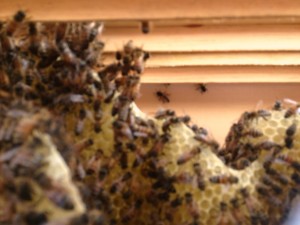 Now as an adult, I’ve never been afraid of bees, but a “cleanup”, means doing what no sane human should attempt – reaching into a hive with unprotected hands, and over the course of 30 minutes, bending comb into a position that the bees never intended, all while the bees crawl over your hands, and over their precious comb you are bending.
Now as an adult, I’ve never been afraid of bees, but a “cleanup”, means doing what no sane human should attempt – reaching into a hive with unprotected hands, and over the course of 30 minutes, bending comb into a position that the bees never intended, all while the bees crawl over your hands, and over their precious comb you are bending.
Yeah, it seemed like a really good way to get stung to me too.
So as I headed off to the hive, I said to my wife “OK, off to get stung”, fully preparing to be used as a pin cushion by a bunch of guard bees that were convinced I was there to wreck their home. Which is exactly what I was about to do. Sort of.
Over the next half hour, I carefully pulled out each frame, examined its twisted comb, and went to work untangling it. If the comb was close to being aligned with the frame, I slowly bent it back into place. Even in the 60F weather today, this new comb was pliable and sticky. Some comb was so far off track that I couldn’t bend it back, so I cut it out with the awkward skill of a pre-med student, re-attaching it to the frame by simply pressing an edge of the comb against the frame. The bees must have been laughing in unison at my awkward attempt to adhere their comb to the frame, something they do with ease and efficiency. Within 15 seconds of me pressing a chunk of comb against the top of a frame, a cluster of bees would descend on it, replacing my sloppy duct-tape-like repair job with nature’s perfected wax glue – their spit and fresh wax.
As I marveled at their intricate work, I continued to be amazed at how they accepted what I was doing. I had my unprotected hands in their hive, covered only by thin, cheap latex gloves I use for messy jobs in the garage. I was practically begging them to sting me. But they didn’t. Thousands of bees dealt with my pulling out each frame, ripping some of their comb in the process, pulling, cutting and repositioning wax they had all decided was best installed they way they wanted. I was an intruder, plundering their house and giving them nothing in return, and yet I wasn’t stung. Not once.
Don’t get me wrong, there were plenty of guard bees bumping my head every few seconds. They didn’t like me being there, but for some reason, they tolerated it. And because they did, I walked away from the event without a single sting.
Today I felt more in tune with the colony than I ever have. It felt, dare I say it, a little like I was involved in animal husbandry – farming if you will. Like I was taking care of these little creatures as a Shepard would do to his flock. I wasn’t witnessing it from afar, changing their environment and seeing what happens like some giant “black box” experiment. I was in the hive with them, working on the comb. And as awkward as my movements were, they accepted me as a foreign worker, just there for a few minutes, but still, part of the overall team.
I am humbled. Tonight, as I sip my wine, I will raise a toast to the bees that have accepted me, as I have learned to accept them.
Tips for Straightening Out Comb
- Bring a sharp knife, and if possible something to heat it with. A heated knife would have cut the comb cleaner. Your hive tool is great for loosening the boxes, but is much too dull to cut comb without damaging it.
- Don’t use your bare hands. Wear latex gloves as your hands will get wax, propolis, and even some honey on them. The gloves make the cleanup easier.
- Bring another box that’s the exact size of the one you are cleaning, and place it on top of the hive outer cover to shield it form the ground. As you clean each frame, place the cleaned frame in the new box. This will leave more and more room in the original box for you to do your work, and will keep most of the bees out of your way. When done, swap the boxes, thus putting the frames back in place. With this method, you only have to disturb the frames once.
- Bring a small bowl from the kitchen. Some chunks of wax will fall off and not be worth attaching, especially if they are the size of quarter and filled with honey. Bring them back to the kitchen as a treat for a job well done.
- If the comb takes up more than 1/3 of the frame, you may want to use rubber bands placed top-to-bottom around the frame which gives the comb something to lean against until the bees shore it up again. I don’t like the idea of rubber in my hive, so consider using some thick, clean string and thumbtacks to keep it in place.
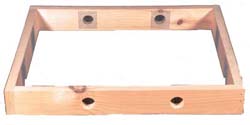 My guess if you were able to talk to a bee, they would be a big supporters of drafts. Not the military kind, but the cooling kind.
My guess if you were able to talk to a bee, they would be a big supporters of drafts. Not the military kind, but the cooling kind.
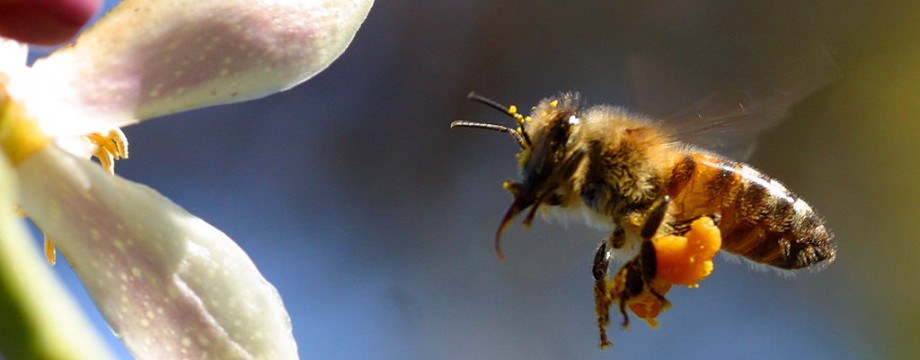
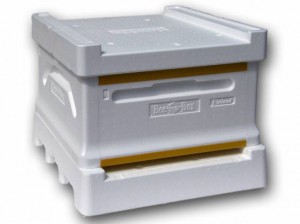
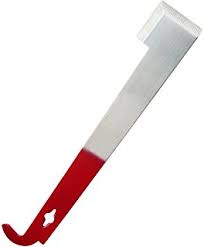

 Now I know bees do what they want. This is the nature of, well, nature. You can’t make a colony do anything – you have to give them an easier path to do what you want, and hope for the best. But bees are bees, and sometimes they do weird stuff. I’ve seen
Now I know bees do what they want. This is the nature of, well, nature. You can’t make a colony do anything – you have to give them an easier path to do what you want, and hope for the best. But bees are bees, and sometimes they do weird stuff. I’ve seen